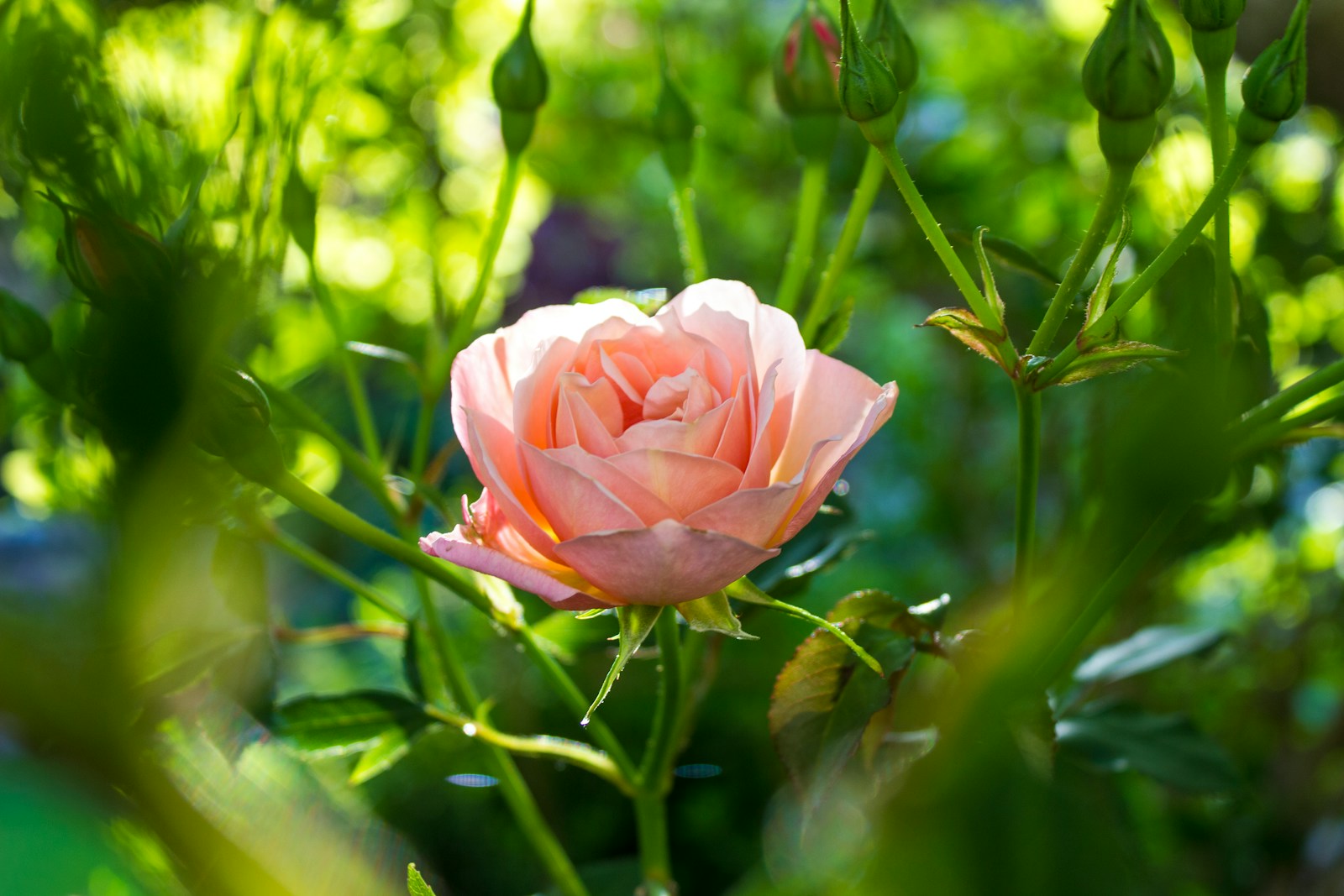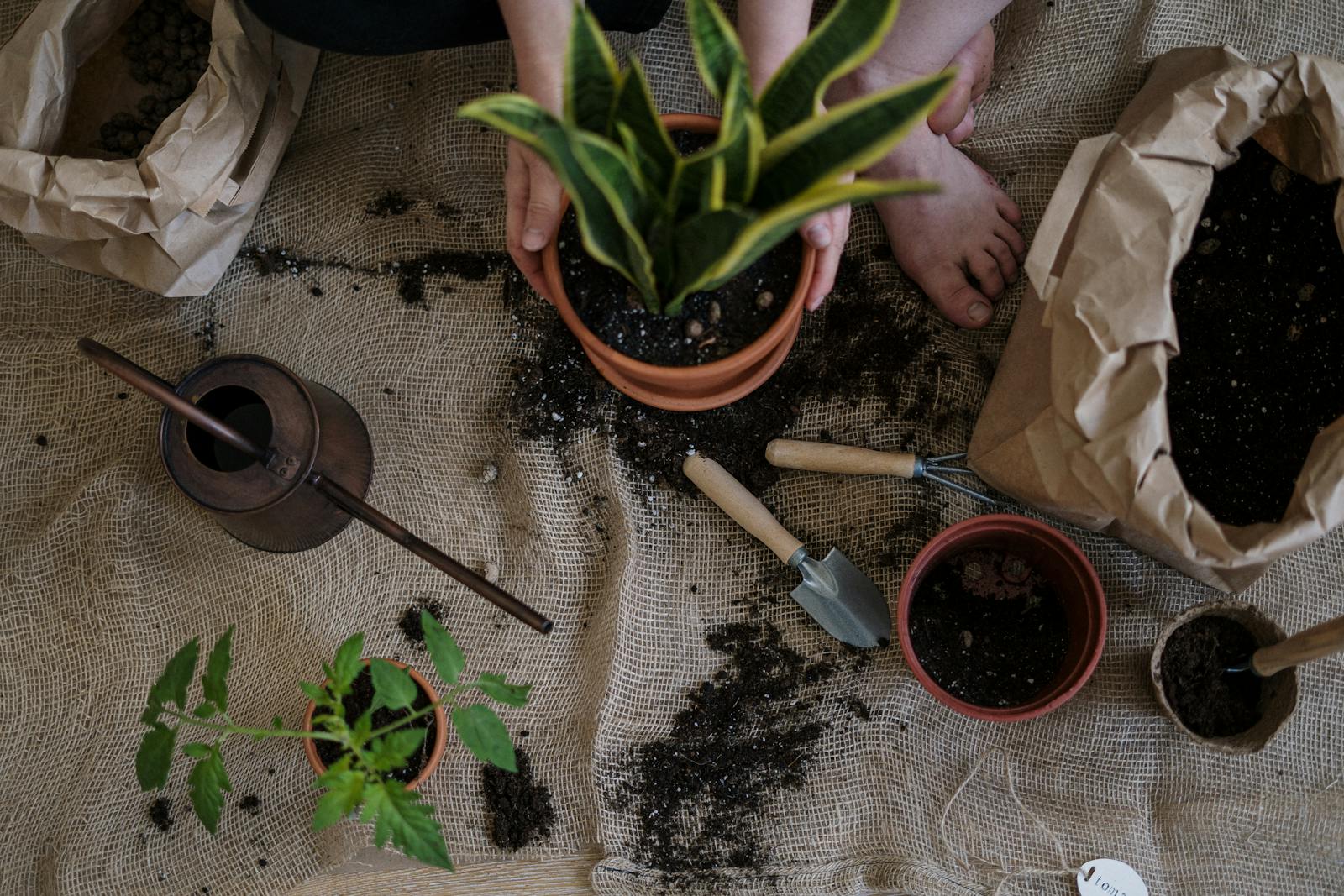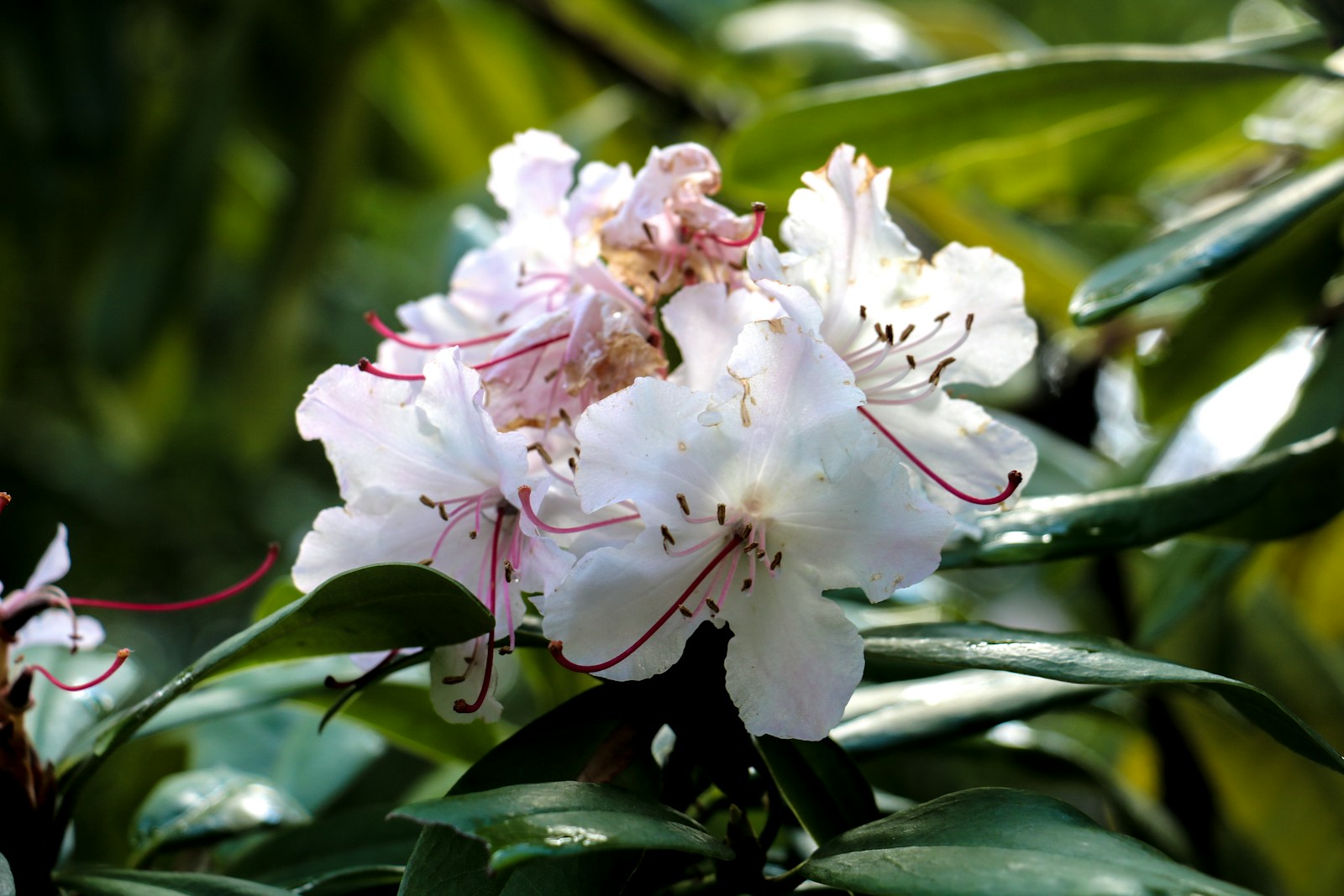Summer Gardening Maintenance Tips for a Thriving Yard
Start with a Seasonal Assessment
Begin the season by surveying your garden’s condition. Look for signs of drought stress, fungal issues, or pest activity. Inspect soil texture and check which plants are thriving versus struggling. This full overview allows you to tailor your care to actual needs instead of guesswork. Create a prioritized to-do list to guide weekly tasks effectively. Avoid common pitfalls by reading our guide on gardening mistakes beginners make.
Master the Art of Deep Watering
Effective hydration is crucial during the hottest months. Rather than watering lightly every day, opt for deeper, less frequent watering. This encourages roots to grow downward, making plants more drought-tolerant. Use a soaker hose or drip irrigation system to target root zones directly. Remember to water in the early morning to reduce evaporation and fungal risk. Learn more about effective watering strategies in our beginner’s guide.
Use Mulch to Your Advantage
Mulch is a multi-purpose ally in summer gardens. It retains soil moisture, prevents erosion, and reduces temperature extremes. Organic mulches like wood chips or straw also enrich the soil over time. Apply mulch evenly around plants, keeping a buffer around the stems to avoid rot. Refresh the layer as it breaks down or gets scattered by wind and watering. Discover more about mulching techniques in our detailed guide.
Give Your Lawn Special Attention
Hot, dry conditions take a toll on grass. Mow higher to shade soil and preserve moisture. Water deeply but infrequently to promote resilient root systems. Aerate compacted areas to boost oxygen and nutrient absorption. Use a nitrogen-rich fertilizer designed for summer growth to maintain a lush, green appearance throughout the season. Get comprehensive tips on summer lawn maintenance in our complete guide.
Encourage Healthy Plant Growth Through Pruning
Regular pruning supports vigorous growth and helps manage plant shape. Cut away any dead or diseased stems to redirect energy toward healthy branches. Deadheading flowers stimulates more blooms, especially for annuals. Use clean, sharp tools to avoid introducing disease, and prune in the cooler parts of the day to reduce stress on your plants. Enhance your garden’s productivity with our companion planting secrets.
Strengthen Plants with Organic Fertilizers
Boost plant resilience with organic feeding options like compost tea, fish emulsion, or seaweed extract. These enrich the soil while minimizing the risk of over-fertilization. Apply in the early morning or after watering to avoid root burn. Always follow the recommended frequency and dosage to prevent nutrient buildup that could harm delicate root systems. Plan your planting schedule with our month-by-month seasonal guide.
Prevent Pests with Smart Strategies
Stay ahead of infestations by monitoring your garden daily. Check under leaves and along stems for early signs like chew marks, eggs, or sap trails. Natural deterrents—such as neem oil or garlic sprays—can be just as effective as chemical options. Companion planting with herbs like basil and marigold adds beauty while deterring harmful insects. Explore effective pest control methods in our comprehensive guide.
Support Container Plants with Extra Care
Containers dry out faster than ground beds, especially in direct sun. Use moisture-retaining potting soil and group containers together to create a more humid microclimate. Consider adding water-absorbing crystals to the mix for longer hydration. Choose containers with adequate drainage and move them during peak sunlight hours if needed. Discover the advantages of container gardening in our detailed article.
Keep Up with Weeding Routines
Weeds compete for water, light, and nutrients, so frequent removal is essential. Pull them when the soil is moist for easier root extraction. Mulch acts as a natural weed barrier, and dense planting layouts can further reduce open soil exposure. For larger areas, consider using a flame weeder or vinegar-based herbicide as a spot treatment. Equip yourself with the right tools from our essential gardener’s list.
Provide Shade to Vulnerable Plants
Too much sun can stress or even kill delicate plants. Create shade using mesh cloth, garden umbrellas, or nearby taller plants. Shade-loving crops like lettuce or spinach benefit immensely from this protection. Monitor plant leaves for signs of scorching, and rotate containers or install temporary canopies to shield them during heatwaves.
Schedule Maintenance for Cool Hours
Working during the cooler hours—early morning or late evening—not only protects you from heat exhaustion but also minimizes plant shock. Watering, pruning, and harvesting are all better tolerated when done outside peak sunlight. Establishing a routine during these hours ensures more consistent care and reduces water loss from evaporation.
Sharpen and Clean Your Tools Regularly
Healthy gardens depend on well-maintained tools. Dirty blades can spread disease, while dull ones damage plant tissue. After each use, rinse off soil and disinfect with alcohol. Sharpen cutting tools periodically and store everything in a dry, shaded space to prevent rust. Well-kept equipment makes gardening more efficient and effective.
Maximize Summer Harvest Potential
Frequent harvesting encourages continuous production, especially in fast-growing vegetables like zucchini and beans. Always pick in the morning when fruits are most turgid. Removing overripe produce prevents pests and keeps plants focused on new growth. Use clean scissors or knives to avoid damaging stems and surrounding foliage.
Refresh Garden Beds for New Growth
After early summer crops have been harvested, it’s a great time to replenish garden beds. Add compost or aged manure to restore nutrients. Consider planting a second wave of heat-tolerant crops like peppers or okra. Rotating plant types prevents pest buildup and supports soil health across the growing season. Additionally, ensure that your garden is adequately watered as temperatures rise, especially for newly planted crops. Mulching around your plants can help retain moisture and suppress weeds, further enhancing garden productivity. For those looking for guidance, here are some essential summer plant care tips to keep your garden flourishing.
Boost Visual Appeal with Colorful Additions
Inject personality and charm into your garden with bright annuals and accent pieces. Choose flowers like zinnias, sunflowers, or cosmos for vibrant summer color. Garden art, trellises, and decorative containers enhance both form and function. Keeping things tidy through regular grooming makes your garden a visual delight.
Frequently Asked Questions (FAQs)
What’s the best time of day to water in summer?
Watering early in the morning reduces evaporation and gives plants time to absorb moisture before the heat intensifies. Evening watering is a secondary option.
Can I still plant vegetables in mid-summer?
Yes, especially heat-loving varieties like beans, squash, and chard. Prepare soil well and water consistently to support successful growth.
How do I handle heat-damaged plants?
Trim scorched leaves, increase shade, and water deeply. Avoid fertilizing until the plant shows signs of recovery, as this may stress it further.
Should I use synthetic or organic fertilizer in summer?
Organic options are safer in hot weather. They release nutrients gradually and are less likely to burn roots or affect soil microbes negatively.
How do I reduce weeds naturally?
Mulch is your best defense. Combine it with regular hand-pulling and dense planting arrangements to crowd out unwanted growth.
© 2025 GardeningandDecor.com. All rights reserved.



